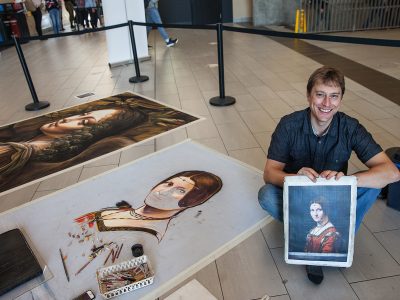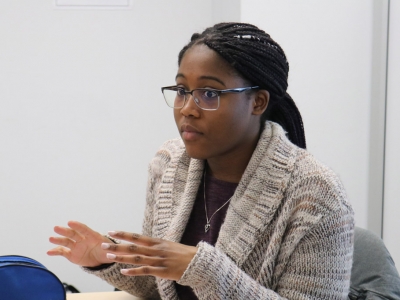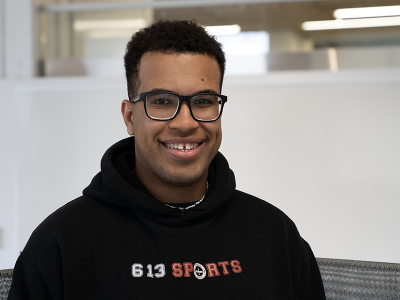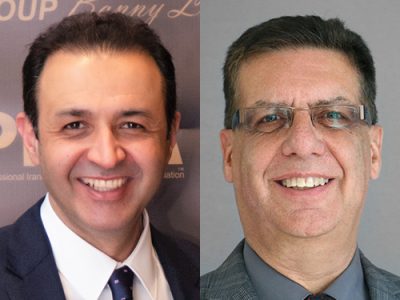By Matt Gergyek
Photos by Chris Roussakis
In the summer of 1990, the image of Canada as a tolerant and accepting nation for all began to evaporate while the rest of the world watched in shock.
From July to September of that year, the town of Oka, Que., and the Mohawk people of Kanesatake who settled in the area in the early 18th century, engaged in a 78-day standoff over a piece of land containing a sacred Indigenous burial site often called “the Pines.”
Tensions had been high between the two groups for decades.
The municipality of Oka first rented out part of the Pines to the Club de Golf Oka in the late 1960s, where a nine-hole golf course was built. Conflict began to erupt in 1989, when Oka announced a plan to expand the golf course to 18 holes and construct 60 condominiums.
In a desperate attempt to stop the development, the Mohawk people and other Indigenous and non-Indigenous allies erected a barricade, blocking access to the disputed land in May 1990.
That July, Quebec’s provincial police force, the Sûreté du Québec (SQ), attacked the barricade, eventually reinforced by RCMP and the Canadian Armed Forces in August.
The crisis ended in September when Mohawk warriors guarding the barrier surrendered and the federal government agreed to purchase the land to prevent development, but deep wounds and broken relations remained, leading to a number of committees and commissions.
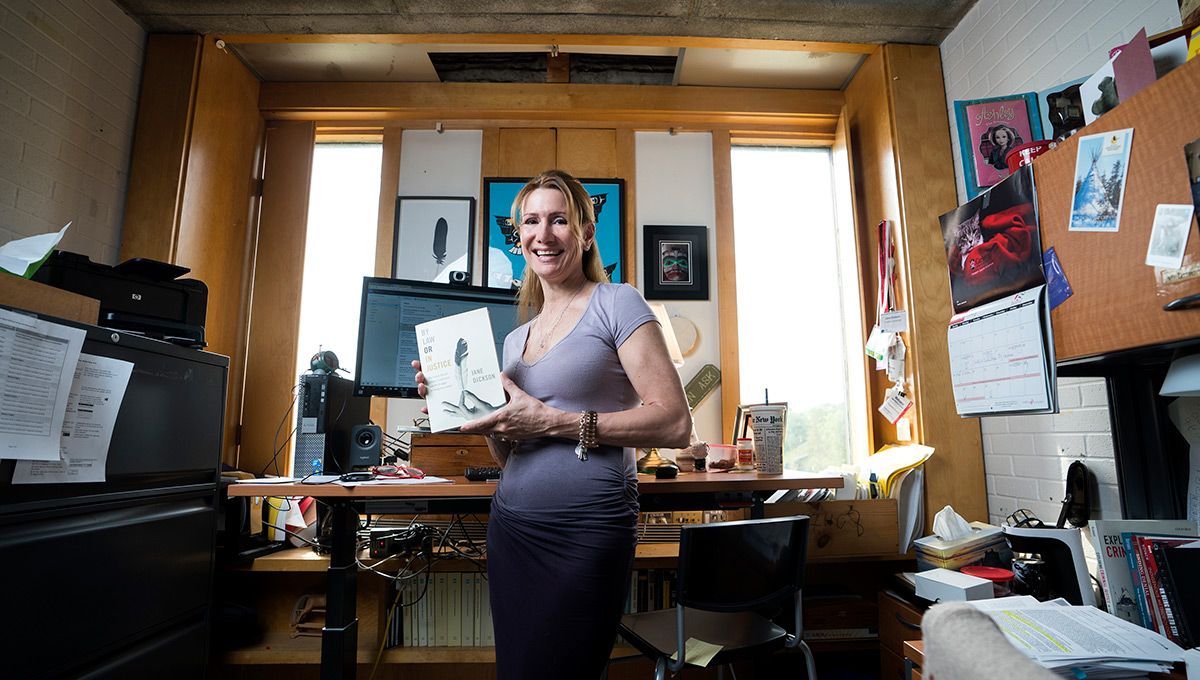
Carleton Law Prof. Jane Dickson
One of these was the Indian Specific Claims Commission (ISCC), which conducted impartial inquires into Indigenous land claims rejected by Indian Affairs and Northern Development (now Indigenous and Northern Affairs Canada).
That’s where Carleton Law Prof. Jane Dickson found herself in 2002.
Dickson recalls sitting in her living room, her young children sprinting around, “a little university professor toiling in the trenches,” when suddenly the phone rang. It was the office of Canada’s 20th prime minister, Jean Chrétien, inviting her to join the ISCC as a commissioner.
“I had been behind the barriers at Oka and over a decade later I ended up sitting on the commission that comes out of Oka,” she says.
“For a lot of Canadians, [the Oka conflict] was a real unexpected, violent and unsettling experience,” but “for those of us involved in Indigenous issues, this was no surprise.”

By Law or In Justice
Dickson’s experience with the ISCC, which concluded in 2009, led to her new book on Indigenous land claims, By Law or In Justice: The Indian Specific Claims Commission and the Struggle for Indigenous Justice recently released through UBC Press.
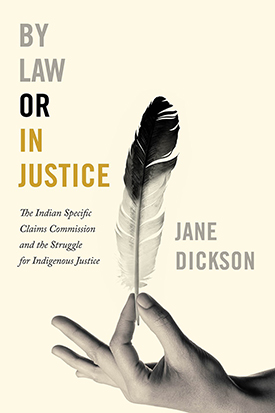 “I was trying to explain to Canadians, Indigenous and non-Indigenous, the nature of the work we did [at the ISCC] and what some of the main issues were in doing this work,” she says.
“I was trying to explain to Canadians, Indigenous and non-Indigenous, the nature of the work we did [at the ISCC] and what some of the main issues were in doing this work,” she says.
Early in her career, Dickson spent time working at a Yukon court, where she noticed that “95 to 97 per cent of the accused and the defendants coming through the court were Indigenous . . . [stuck] in the old revolving door.”
In 2017, Indigenous people made up more than a quarter of the country’s entire federal prison population, while composing less than five per cent of the national population.
“I can’t just be a cog in this wheel, I have to try and rebuild the whole car,” she says, thinking back on how the experience changed her.
Dickson often explains Indigenous land claims to people with an analogy about a stolen car.
“In the context of specific claims, the government is the car thief, Indigenous people are the original owner of the car and Canadians are the person who bought it in good faith,” she says.
While Dickson says Canada has made a great deal of progress since the Oka conflict, especially with the establishment of the Specific Claims tribunal in 2008 that helps Indigenous parties vindicate land claims, she says there is still much more work to be done.
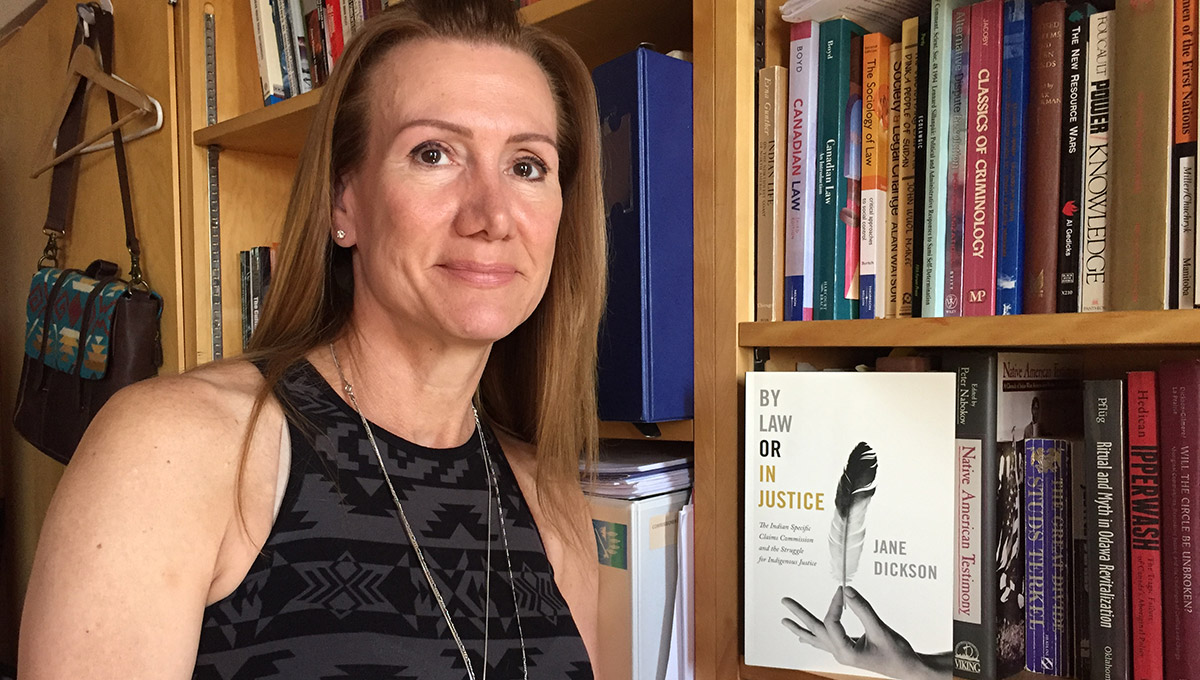
Assessing Indigenous Land Claims
One major issue Dickson often cites is the appearance of government bias when it comes to assessing Indigenous land claims.
“The federal government is both a party to and a judge of these claims.”
Dickson also argues in the book that the federal government often acts dishonourably in that they don’t respect or recognize fundamental rights of Indigenous people.
“Canada’s a very wealthy country, so if there are people in Canada living in poverty . . . the kind of conditions you see on reserves . . . that’s a political choice by the government and the government is the political choice of Canadians. It’s as simple as that.”
Dickson hopes her book will encourage Canadians to recognize their privilege and do their part in helping Indigenous people secure their rights.
“We have to do this together.”
In her sunlit office in Carleton’s Loeb Building, sprinkled with Indigenous art and books, Dickson recalls the biggest paradigm shift in her life education.
“It’s interesting because I started university . . . from a fairly conservative mindset,” but “four years later I was just a completely different person with a completely different point of view of how the world does work and how it should work,” she says.
“If I can simply do as that one professor did in my undergraduate (years) – pry open a few minds and stuff some better things in there – then I will consider the book to be a valuable contribution.”
Friday, June 29, 2018 in Indigenous
Share: Twitter, Facebook
